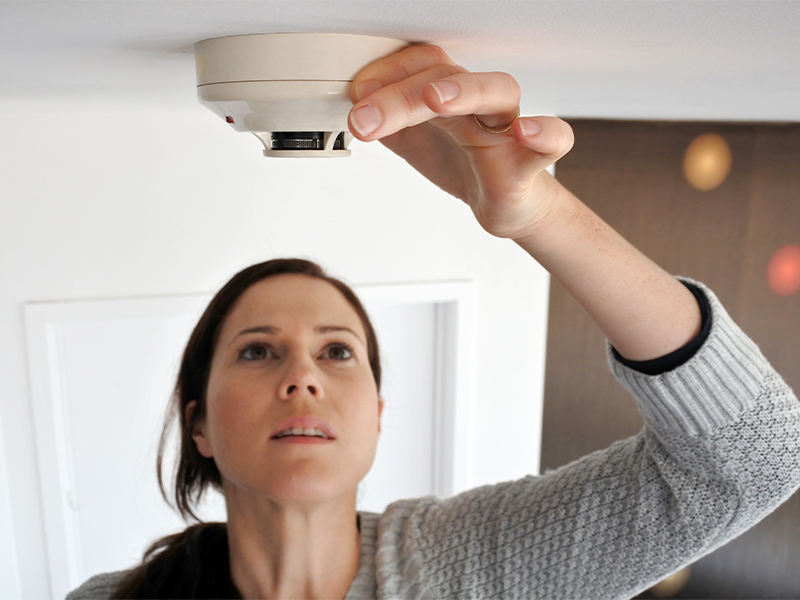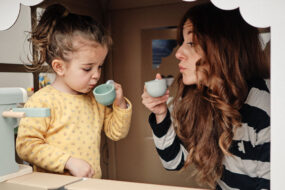The emergency safety equipment you need at home
From cardiac arrests to fires, you never know when an emergency might strike. Having the right home safety equipment on hand could help you avert a tragedy.
Nobody likes to think a life and death emergency could happen at home.
But the reality is bad things can and do happen. And having the right safety gear could make a difference.
Basic home emergency equipment
Home defibrillator
Every day, 55 Australians experience a cardiac arrest.
Approximately 80 per cent of these cardiac arrests occur in the home, according to former MICA flight paramedic John Haines.
Survival of a cardiac arrest outside of a hospital is less than 10 per cent, however using a defibrillator early can greatly increase someone’s chances living.
If it is not treated quickly, a cardiac arrest can result in death within 10 minutes.
John, a non-executive director of Rapid Response Revival, a company that has produced a defibrillator for the home, says people haven’t typically had defibrillators at home because they were “too big, too expensive and too intimidating”.
CellAED is an Australian-designed, world-first, hand-held defibrillator for the home and office.
Portable and relatively inexpensive at around $359, the devices have a 13-month shelf life.
“These units can be placed on the wall, on the fridge or in your bag, so (while) waiting for the ambulance, you can help the person yourself,” John says.
“Every minute without defibrillation, you lose 10 per cent probability of survival.”
Fire extinguisher and fire blanket
There are more than 17,000 house fire incidents in Australia every year.
Fire Rescue Victoria assistant chief fire officer Darren McQuade says fire extinguishers and fire blankets are a must-have in the home, and you need to know how to use them correctly.
“People need to be confident and competent in the use of fire extinguishers and fire blankets,” Darren says.
“If not, then get out and call the fire brigade.”
An ideal place to keep your fire safety equipment is in the kitchen.
“Most house fires start in the kitchen, mostly from unattended cooking,” Darren says.
But watch where you put your equipment.
“Ensure your fire extinguisher or blanket isn’t too close to the stove that it could burn,” Darren says. “The pantry is an ideal spot.”
To use your fire extinguisher, pull the pin at the top to break the seal, stand a safe distance from the fire, aim and squeeze the handles together to release.
To use your fire blanket (made from fire-resistant material), place it gently over the fire.
Don’t throw the blanket on to the far side of the fire as this can cause the blanket to catch fire and run up to your hands and arms.
Smoke alarms
Smoke alarms are required in every Australian home, although the exact requirements differ depending on the state or territory and the building’s age.
Darren notes most fatal fires start in the bedroom or living room and says installing more smoke alarms in the home is better than fewer.
“We strongly advocate people having additional smoke alarms, such as in all bedrooms and living rooms, and have them interconnected so when one sounds, they all sound,” he says.
More health reading:
- Best kitchen hygiene tips for food safety
- What can heart rate tell you about your overall health?
- Why health anxiety it is on the rise and best ways to manage it
- The best exercise for a healthy heart
Written by Kate Salemme.





